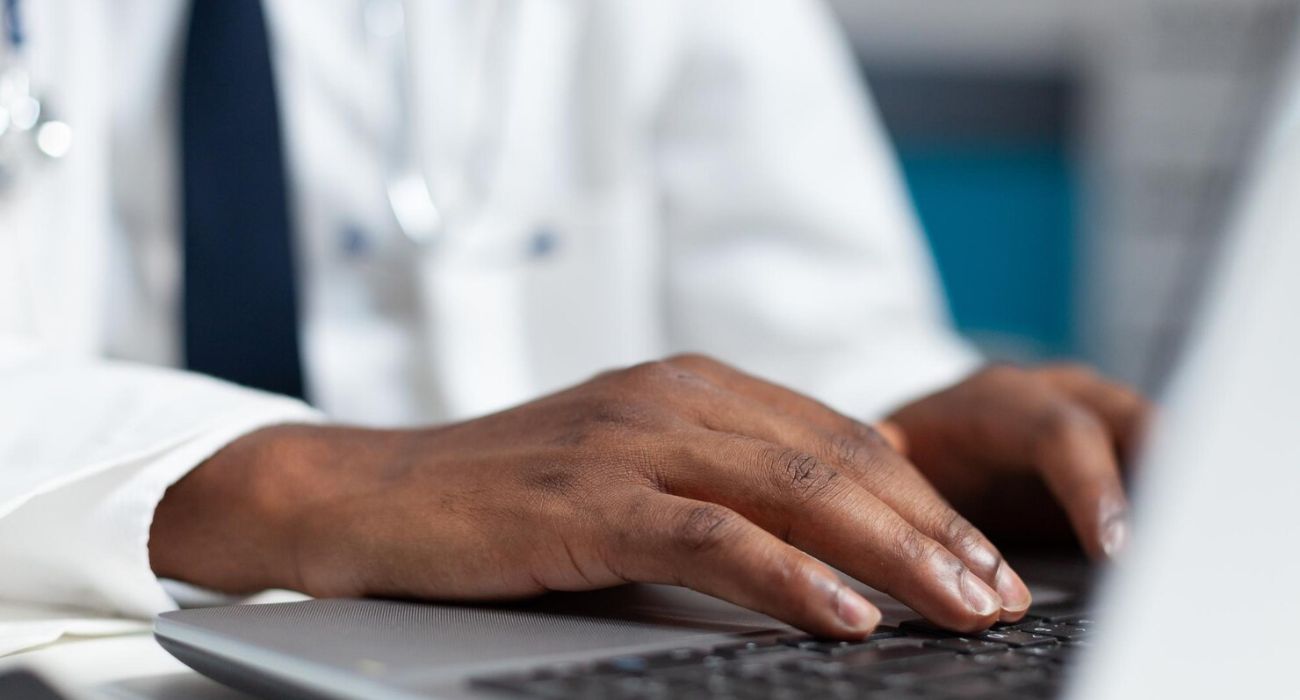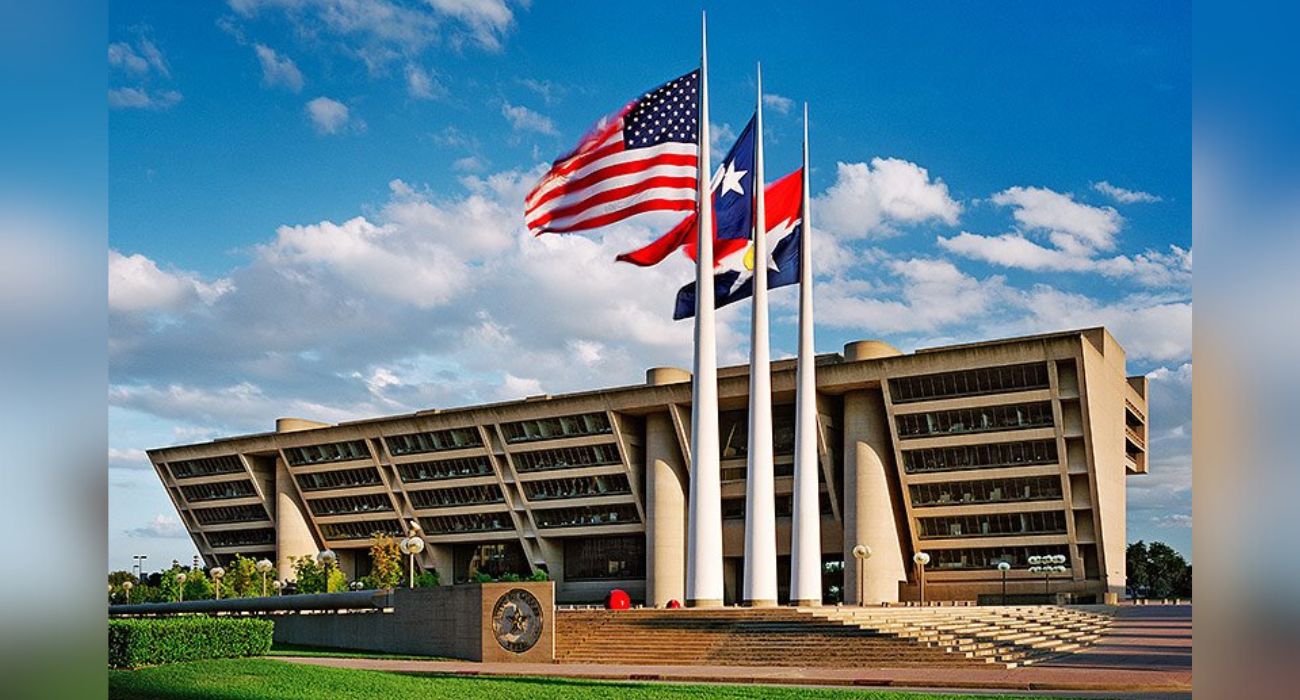More and more healthcare groups are charging for emails exchanged between doctors and their patients, especially via their portals.
Receiving an emailed reply from a doctor could cost a patient around $25. The practice of charging for such services has been growing — alongside the tendency of patients to turn to electronic correspondence — since The Dallas Express first reported about it last year.
“They’re thrilled when they get me directly,” explained Dr. Lauren Oshman, a family physician and associate professor at the University of Michigan Medical School, according to The Wall Street Journal.
The rise of telehealth services has been a testament to the increased ubiquity of technology in every aspect of people’s lives. Last August, the digital retail giant Amazon expanded its own virtual health service to all 50 states and Washington D.C., as covered by The Dallas Express. Some chronic conditions — such as obesity, a growing public health issue in the United States — might even be best treated via telehealth services, as some experts have suggested.
Brick-and-mortar practices also spend considerable amounts of time conferring with patients electronically, and yet many of these emails do not end up getting billed because they take under five minutes to answer, which is the threshold typically required to be billable to patients and their insurance providers. Other federal guidelines for billing include responses that require medical decision-making, thus disqualifying administrative correspondence.
For instance, Medicare will cover $15 for electronic messages that take between 5 and 10 minutes, $30 for those taking 11 to 20 minutes, and $50 for those taking 21 minutes or more.
Some medical practitioners claim that they lose a considerable amount of time answering patients’ messages that are not being billed. For instance, Dr. Crystal Wong, a family medicine doctor and associate chief digital officer at the University of Washington in Seattle, told the WSJ that despite writing emails throughout the day, just 1 to 2% end up being billable.
“I do this on my lunch break, I do this in between patients, I do this at night or in the morning before clinic,” she said about her responding to patient emails. “It is an amount of work that we need to acknowledge is real.”
On the other hand, some patients require more monitoring than others, and corresponding with doctors via messaging portals boosts efficiency by avoiding the need to book an appointment. The billing of emails can end up causing considerable financial strain, as Nina McCollum, who has been caring for her 80-year-old mother, Penny Cooke, while she receives specialized psychiatric treatment at the Cleveland Clinic, explained.
“Every $15 or $20 matters, because her money is running out,” McCollum said, according to The New York Times.
“It’s been a tough year and I don’t need the clinic making it any worse,” she added in reference to Cleveland Clinic’s decision to bill for emails.






